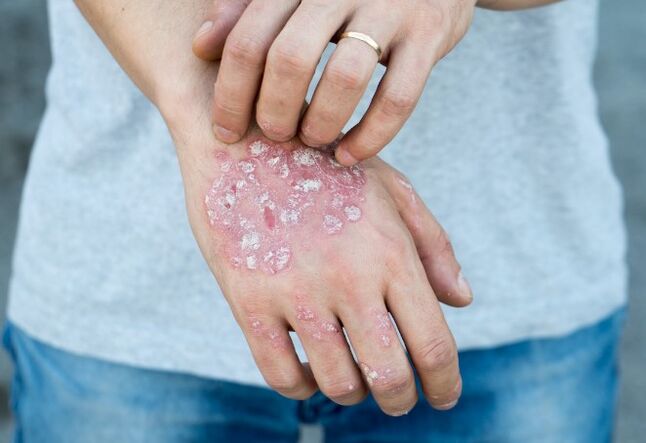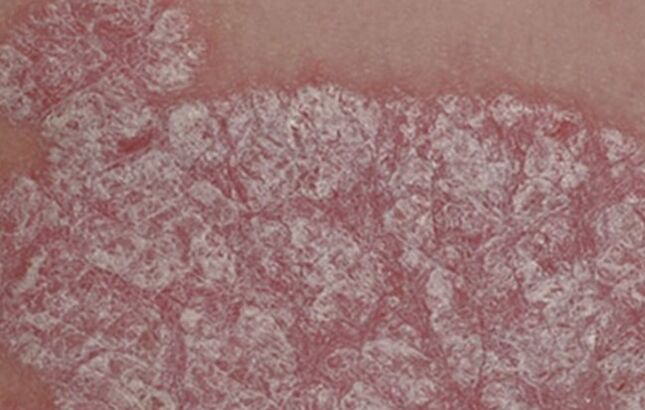Psoriasis, as well as all other types of chronic skin diseases inflammatory in nature, has its stages of development.In diagnosing the disease, the doctor necessarily takes into account not only the diversity of diseases, its shape, seriousness and cause of phenomena, but also a phase of development.It is not difficult for an experienced expert not difficult to determine phases of psoriasis, because they all differ in specific symptoms, which are almost impossible to confuse.Depending on the manifestations of the disease, the patient prescribed the appropriate treatment aimed at reducing and mitigating external symptoms, and on removing factors that provoke disease development.

Beginning of the disease
Despite the fact that the methods of complete drugs for psoriasis have not yet been found because the reasons that cause its phenomenon, forms, types and phases of disease development have been studied.Therefore, in the development and course of disease, three main phases are different: initial or progressive, stationary and "fade", regressive.
Processes characteristic of starting or deteriorating the course of the disease, ie progressive phase, the occurrence of neoplasm in the form of a rash on the skin surface.At the same time, the elements of the rash (point, striking, lenticular) are usually peripheral growth.Spreading into a healthy skin surface, small rashes are shaped clearly defined round or oval psoriotic plates.
In the phase of promotion of the disease, psoriatic plaques are painted in a bright pink or red color, and the specific shell crust on lesions is absent.The thickened edges of the hotspots defeat are not covered with whitely scales.
During the progressive phase of psoriasis, the patient is experiencing itch, mild ignition of sensation in areas of leather lesions, generally mild malaim.A new papular axis appear with any contact with clothing and combed areas.
Further development
After 1-4 weeks, the second phase of disease development occurs and inaccurate.The deterioration process weakens, the color of the psorate boards becomes less intense, the old rash, the formation of new rashes is absorbed.

Papulus healing appears peripheral, ie from the center to edges, determines the characteristic form of plaque on the ring.In the stationary phase, the area of lesions is completely covered with the shell crust of characteristic whitish colors.
In the regressive phase of Psoriasis, at a phase of muffling the disease and its crossing, it was gradually fully resolved, the color of the plaque becomes almost indispensable from the color of healthy skin, as the exhorting epidermis reduces, ignition and itching.The hotspot appears so - the "collar of Voronov" - a ring of keratini, thick layers of the skin.Along the periphery of all rashes, the skin is discolored.The regression phase of the disease under the influence of intense adequate treatment can take a long time, sometimes up to a few months.Then Psoriasis is completely pulling, leaving insignificant localized plaques on the body in the most common places for this disease (elbows, knees, stomach, buttocks).
In the task of a person suffering from psoriasis, keeping the disease in the remission phase.Control over all aspects of life and disease prevention will require the strictest - this is not a secret.But this is the only way to achieve positive treatment results, fix them and continue the normal existence in society.























